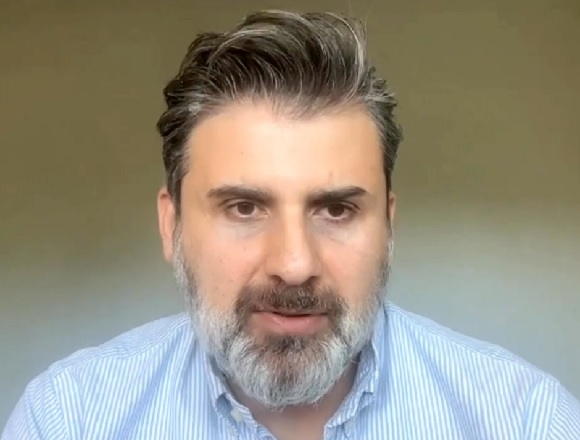James Douketis, MD, is a professor of medicine at McMaster University and staff physician in general internal medicine and clinical thromboembolism at St. Joseph’s Healthcare Hamilton. He is the immediate past president of Thrombosis Canada.
What are the recent advances in the management of bleeding in 2024?
James Douketis, MD: Any physician who is prescribing an anticoagulant is worried about bleeding, and it’s something that the physician thinks, “Well, if a patient bleeds, it’s kind of my fault.” But the reality is that people have bleeding problems, and the anticoagulant doesn’t really do too much—it may cause the bleeding to be a bit more, but it’s something that is an area of big concern.
With the direct oral anticoagulants (DOACs), there are emerging ways, strategies that are being developed and treatments to deal with bleeding. In the case of one of the DOACs, dabigatran, we have a reversal agent, an antidote called idarucizumab. But that drug is not used as often. With the other drugs that are used more often—apixaban, rivaroxaban—that agent, idarucizumab, does not work.
What can we do in those situations? Sometimes we can administer what’s called a prothrombin complex concentrate (PCC). This is a blood product, but it is rich in factors II, VII, IX, and X. So, you think, “Well, it’s probably better designed to reverse the effect of a vitamin K antagonist.” And that’s correct. But it’s sometimes also used to overwhelm the effect of an oral factor Xa inhibitor like apixaban, rivaroxaban, or edoxaban.
And then, more recently, there is a specific reversal agent called andexanet alfa, which is being investigated in a number of trials and is showing mixed results. Recently there was the report of its use in patients who had an intracranial bleeding, and it showed that it may reduce the size of the hematoma but may not have a benefit in terms of neurologic function, and it may actually have a prothrombotic effect to cause more clots.
I think we still need more data and if we’re going to use these agents, I always recommend that it’s done in consultation with some other doctors who have more expertise, because we’re not sure if they really work effectively in a lot of patients. Plus, they’re very expensive—several thousand or even tens of thousands of US dollars. So, I think we have to use those newer treatments judiciously.
 English
English
 Español
Español
 українська
українська










